Up and down the length and breadth of Britain, a strange ritual occurs on most Sunday mornings. It has nothing to do with a faith or religion, but everything to do with belief, and the adherents of this ritual are devoted in the extreme. They are the car boot attendees. “The what?” I hear people from other lands ask. Let me relate this quixotic behaviour for the uninitiated, but first a brief explanation. In Britain, the boot is what we call the trunk of a car.
The car boot is actually a sale. It usually takes place in the open air, often in a field or in a large car park (parking lot) or similar space. Everyday people attend either as sellers or buyers. The owner of the land will charge a nominal fee to those selling, usually £5 for a car, and £10 for a van to secure a pitch. The sellers will then open the boot/trunk of their car and erect a rickety folding table that last saw service as a pasteboard for wallpaper. Onto this table they will pile anything and everything you could imagine. It is seen as a handy, and tax free way of selling off unwanted items. When I say anything and everything, I really do mean it. To try and list what is available would be an impossibility.
After the vendors, come the buyers. Buyers pay a small fee, £1 or so to gain entry, whereupon they are let loose to pursue their belief. I am a devotee of this latter group. We are the eternal optimists, and our belief is that we are going to discover the bargain of the century, and, fortified by this belief, we will arise at 5am and travel to a field to walk about peering intensely at each stall. Sometimes a seller arrives late, and tries to unload and set up stall. This is the cue for that poor soul to suddenly become the most interesting person for miles around, as the crowd jostles and haggles to try and intercept that special ‘treasure’ before someone else sees and gets it. It takes a seller of steady nerve and experience not to lose track of what’s happening in these circumstances. This is free market capitalism at its most elemental, and an anthropologist would have a field day (pun intended). It is also huge fun.
After that preamble, let me get to the gist of my tale. I love car boots, and have often bought real bargains. I have also bought complete and utter rubbish whose true destination should have been the refuse tip. But, as with most eternal optimists, I still attend with an open mind, because today will be the day that the bargain falls into my lap.
In late May of 2023, I attended at a regular car boot which is held in a field in Cheshire, in the north of England. The weather was balmy, but the grass was still wet on my boots from the dew. The smell of fried bacon wafted over to tempt me to the mobile catering, but the pull of the stalls was too strong. There are three things in particular that I search for. Cameras, woodworking tools, and old tins. There is then a sub list which consists of, well frankly, it is open ended. I have a system whereby I walk round at an intermediate pace scanning the stalls for items that I like. I always check boxes under tables as these often conceal treasures. Once I’ve been around, I turn back and retrace my route in the opposite direction. I’ve learnt that it’s very easy to miss items when approaching in one direction, and am regularly surprised by what I find new on a plot which I’d already visited. True devotees will acknowledge that 99% plus of what is on offer, is junk. That just leaves the 1%.
Very soon on this fine morning, I came across the type of stall that I love best. It was a family who were having a clear out. No items were priced, and they were the real deal, and not a dealer and his wife, masquerading as weekend sellers. Among the books, lamp shades, baby clothes, crockery, carpet tiles and the miscellaneous detritus of someone else’s life, I espied a shiny brown leather case which suggested a folding camera. Now of course, the trick is not to appear too eager. Practiced nonchalance is the name of the game, and you mustn’t appear excited. Pick up a couple of other items and casually inspect them before homing in on your target. You must, however, keep a close eye on your target, as there are others like you out there. My casual inspection has previously resulted in the object of my interest being snatched from under my nose.
Assuming that there are no other potential buyers at the stall, and you have your target in your hand, the gameplay is as follows. A steady hand is required, no evidence of a tremble which may betray your excitement. Even if you know exactly how an item works, feign ignorance and fumble with it as though you’ve never seen one before. You then casually ask how much it is, and keep an impassive visage. In reality you never know what the answer may be. Sometimes it’s a silly price because they think ‘if it’s old, it’s got to be valuable, right?’ That’s all the fault of the innumerable daytime TV shows regarding antiques, which I’m convinced are fixed in any case. If, however, the price is reasonable, be prepared to haggle, but do so politely, and don’t make insulting offers. Rubbing a vendor up the wrong way is a sure fire way of losing a deal, and probably a suggestion in unvarnished Anglo Saxon vocabulary about what you should do.
To get back to the camera, I opened the shiny leather case and there, clean and glittering in early morning sun, was a lovely Agfa Isolette II. Now I know this isn’t the sort of camera that will get everyone’s pulse racing. They’re not rare, and it was a standard f/4.5 lens offering. It was, however, in near pristine condition. When I asked how much they wanted, I made sure to make steady eye contact with the seller, all the while maintaining hold of the camera.
“£2” came the reply – RESULT!
Now when you get a reply like that, DO NOT HAGGLE! Pay the vendor and place the item in your pocket, thanking them as you do so. Then walk away, and carry on your search. Save your jubilation for when you get home and can inspect your boot(y) at leisure, relishing that lovely feeling about what a clever finder you are.
Later that morning, and this clever finder was back home with a cup of tea and a bacon sandwich as reward for a successful foray. I opened the Agfa, and a few minutes of inspection revealed that this example was a going concern. Beautifully clean, and evidently little used, the aperture and shutter worked well, and the glass was clear. The only concern was the bellows. They looked to be in good condition, however, in my experience, only Zeiss make bellows which consistently stand the test of time. All other makes must be considered suspect. Sure enough, a check with a bright torch in a darkened room, revealed a single tiny pinprick in one of the creases. This was easily rectified with a small piece of Tesa Tape, which is a black cloth tape manufactured for wrapping car wiring looms. It is very mouldable, and allows the bellows to open and close without hindrance. It is also low tack, and easily removed.
Trying out a new camera is something I love, the anticipation that it will exceed your hopes, and the trepidation that it will be a dud. I was eager to see what the Agfa was capable of, and I loaded it with a roll of Ilford HP5, in anticipation of twelve frames of 6×6 fun. A couple of weeks later, I visited a canal boatyard in Bollington, Cheshire, as there is a chandlers there which sells proper, oil based enamel paint, which is not an easy thing to buy today. Having bought my paint, I politely asked if I could take some photographs, and showed the proprietor my Isolette II. I’ve found that the sight of such a camera seems to put people at ease, and often sparks their curiosity. This was indeed the case on this occasion, and I was given the run of the yard.
The Isolette II is a simple camera to use, and nicely made as well. There is no rangefinder, but the small viewfinder is a decent thing in use. I’m undecided if there is a coating on the lens, but I had a slip-on UV filter which fitted. It was another beautiful day, and the yard was the type of place that just cries out to photographed. Everywhere was a mixture of industry, rusty relics and fabulous shapes and textures. Focus is a matter of guesswork, but the bright sunshine enabled me to take all the frames at between f/8 and f/16, so it was unlikely that I’d miss my focus. The Isolette’s top shutter speed of 200th sec also meant that I wasn’t able to open the camera up below f/8. Light readings were taken using a Sekonic Twinmate L208.
For the next hour, I happily wandered around taking pictures. People were working in the yard, and the sight of such an old camera in use, prompted more than one conversation. Indeed, the husband of the lady who’d served me in the chandlers, appeared with a Zeiss Nettar which had belonged to his father. I looked it over, and it seemed to be in reasonable condition. It had the standard Novar f/4.5 lens, which I know from my own examples, to be no mean performer.
The film was duly dispatched to the lab, www.southsun.co and the scans arrived in my inbox a few days later. Yippee! I thought upon viewing them. The old Agfa had come up trumps and produced the goods.
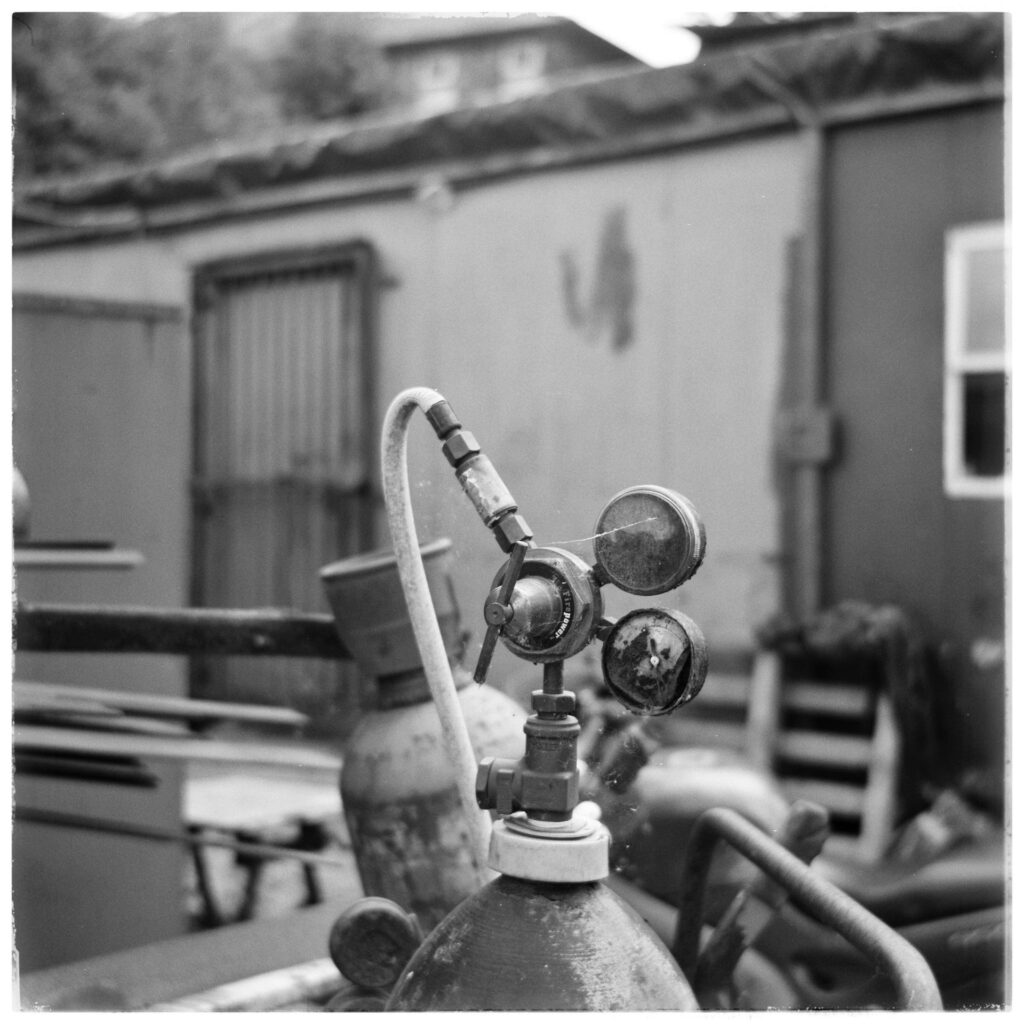
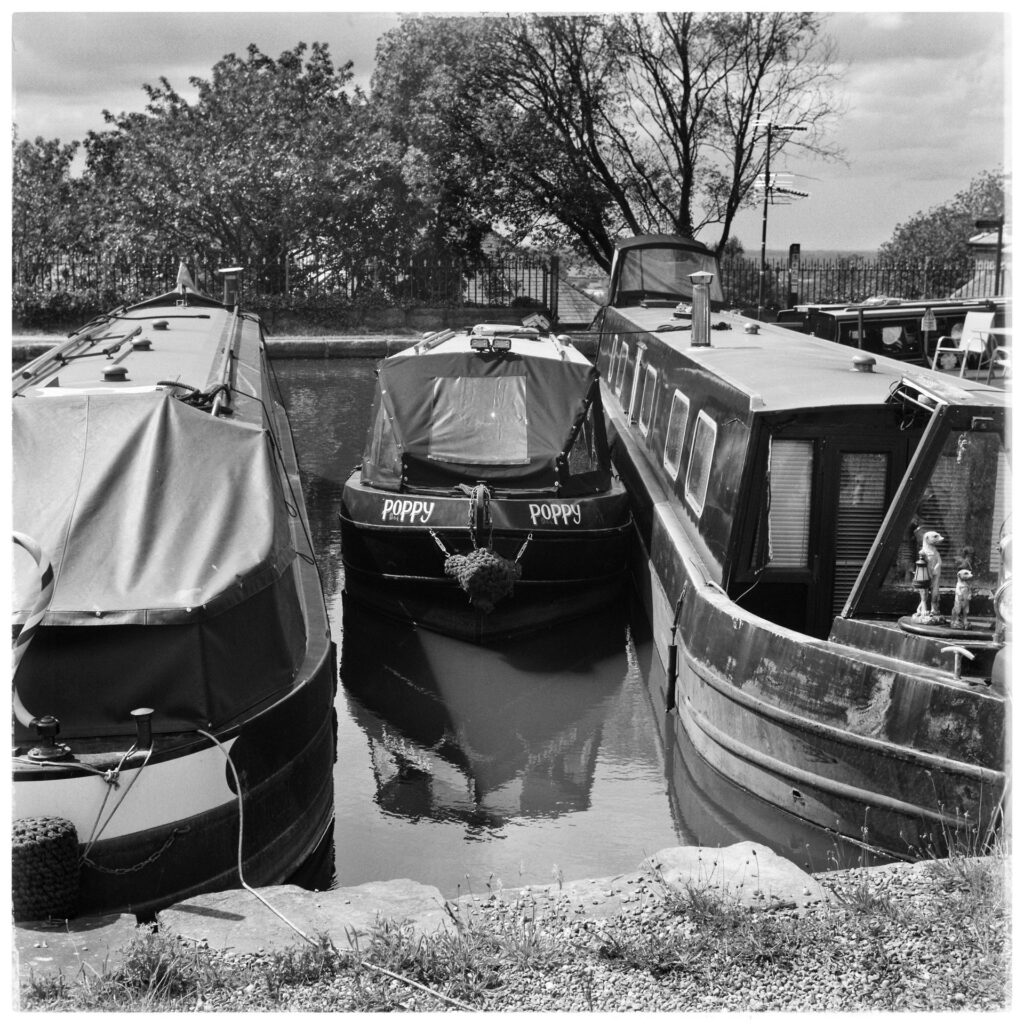
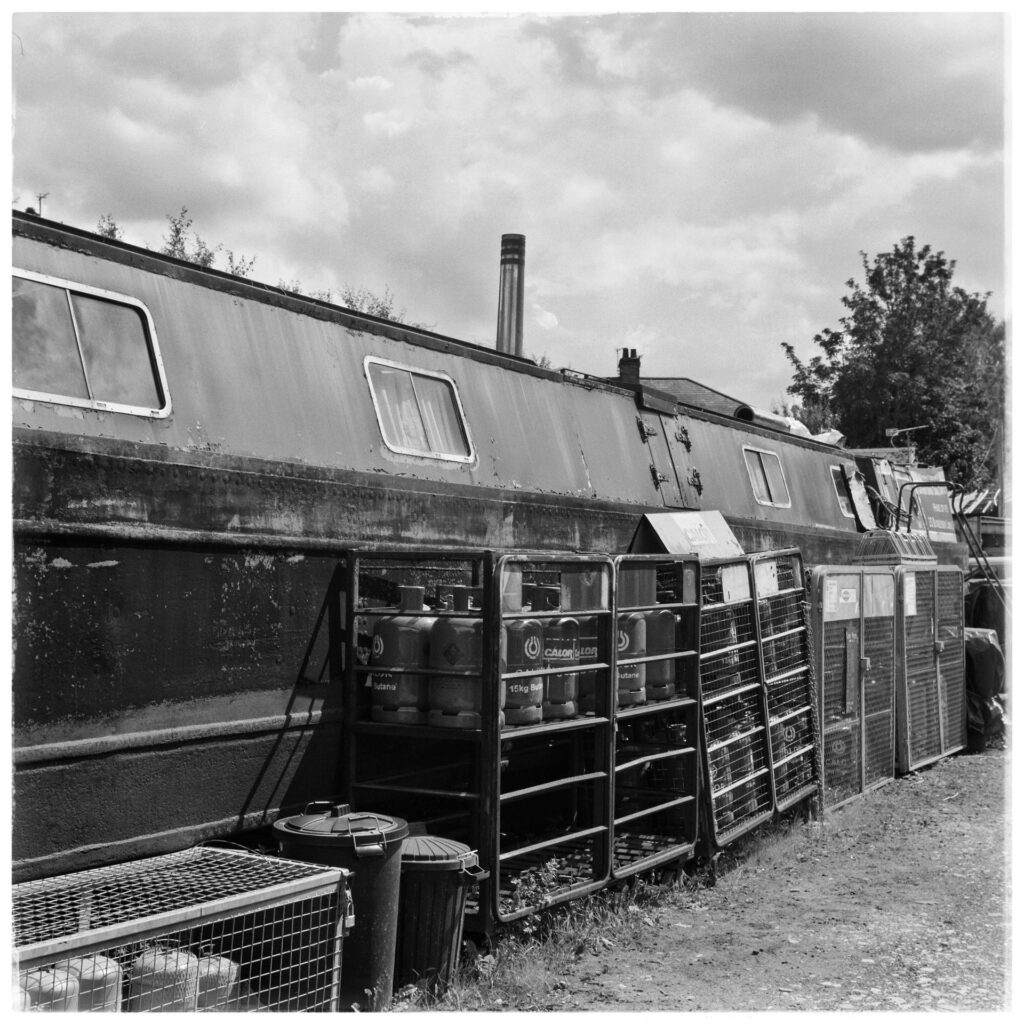
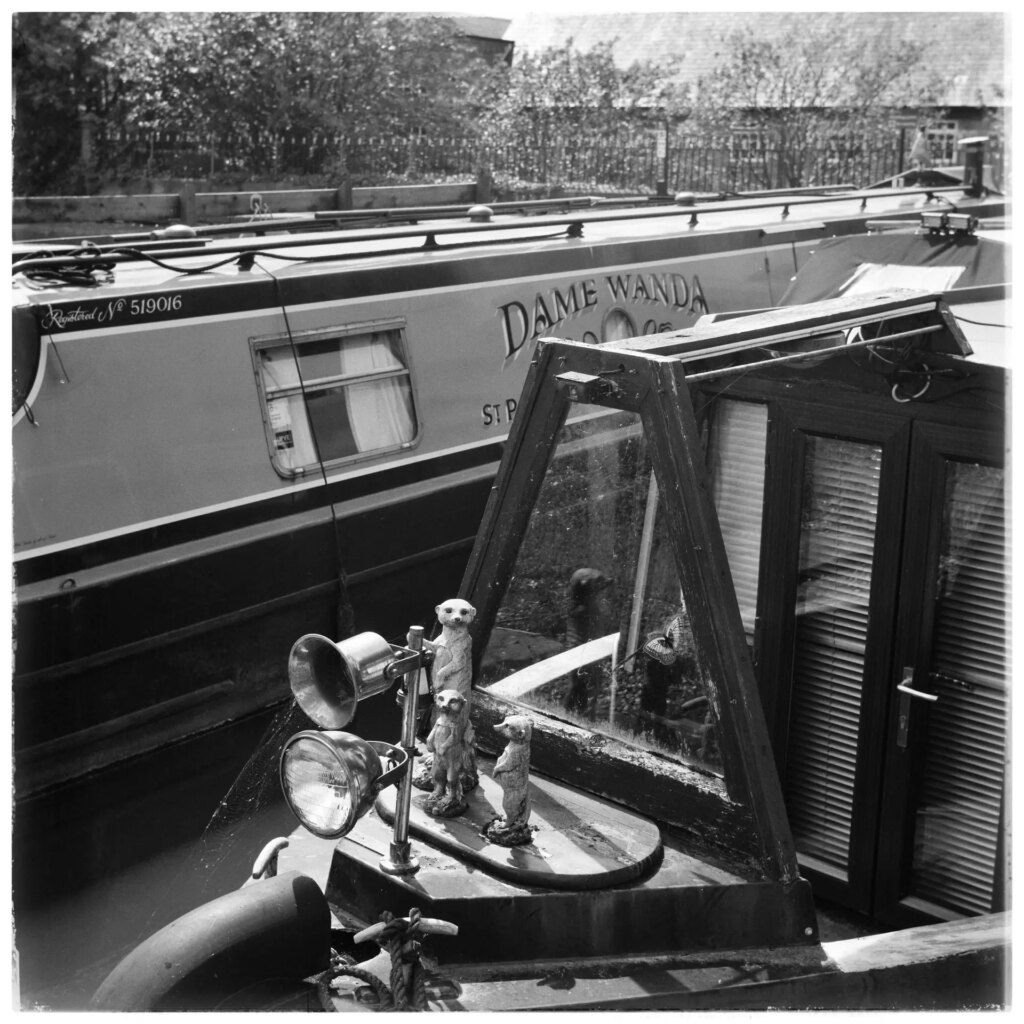
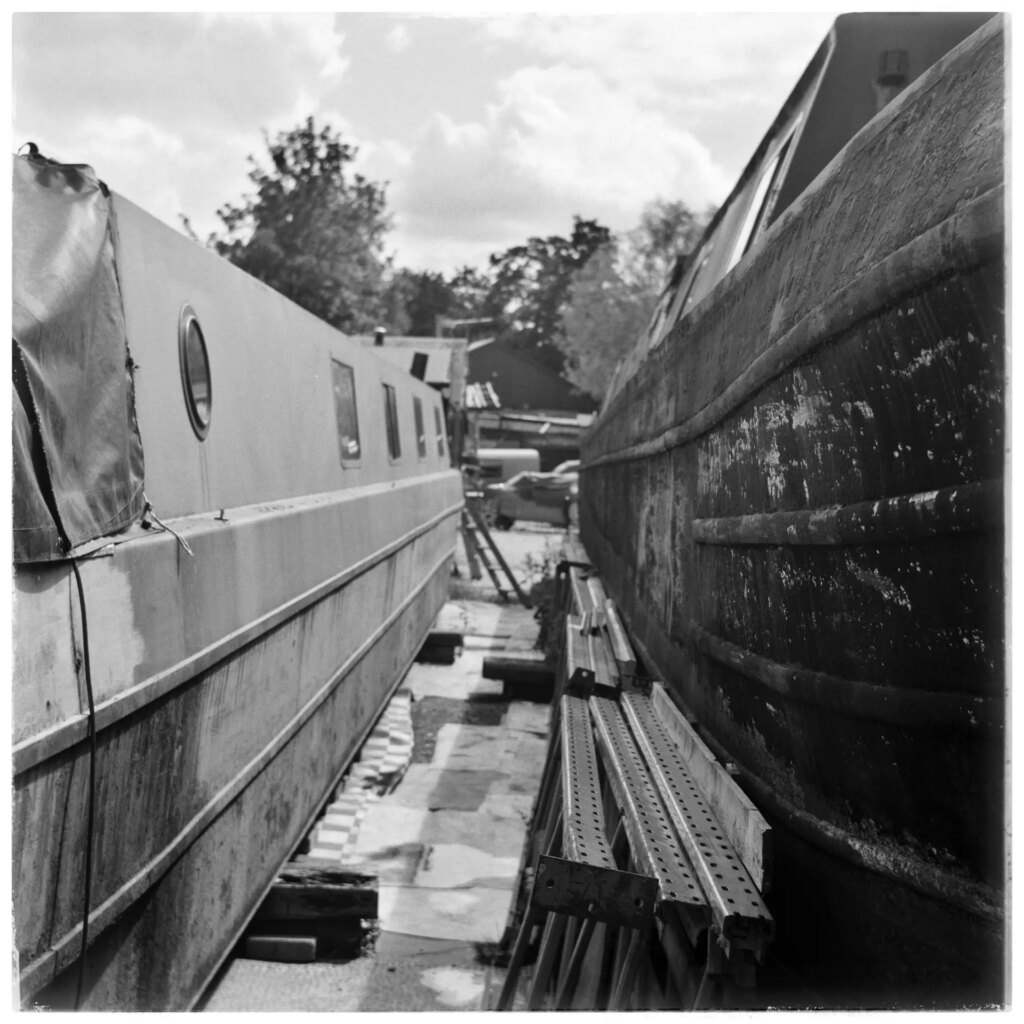

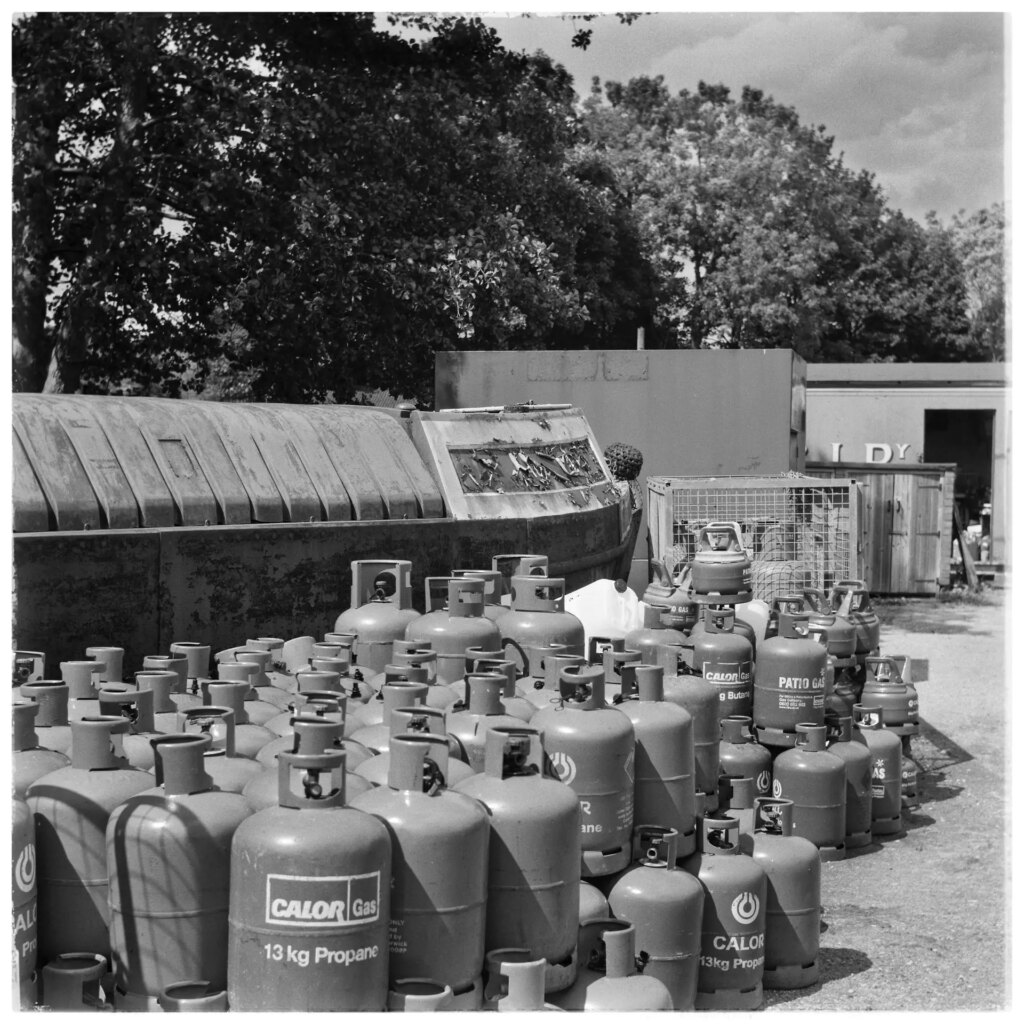
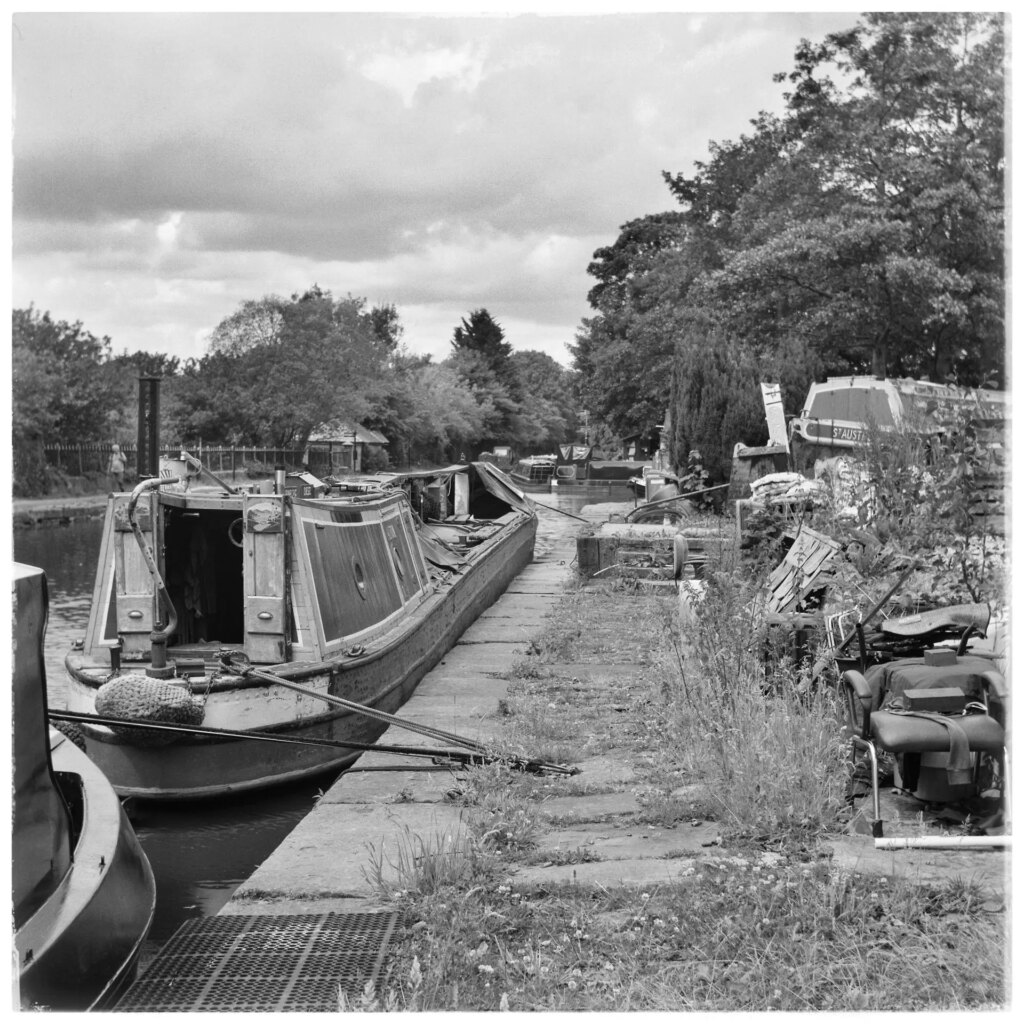
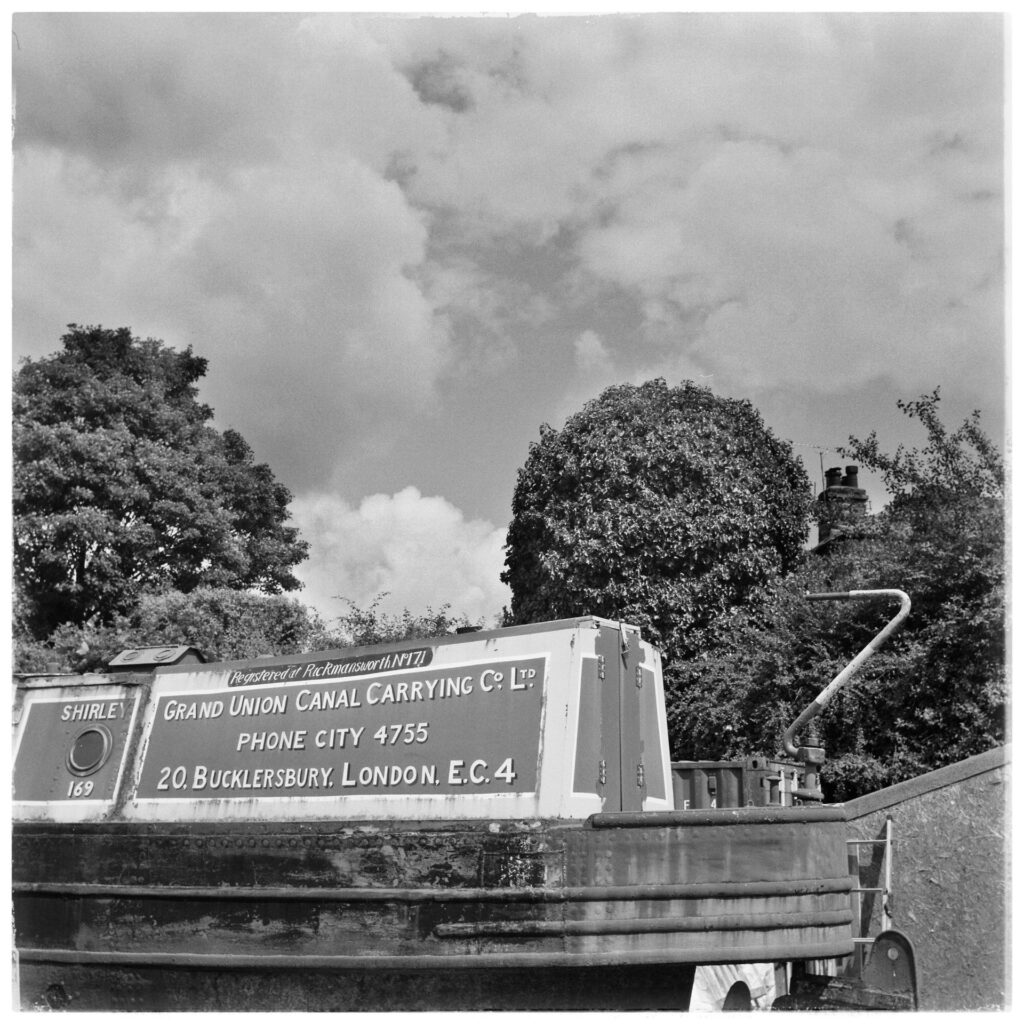
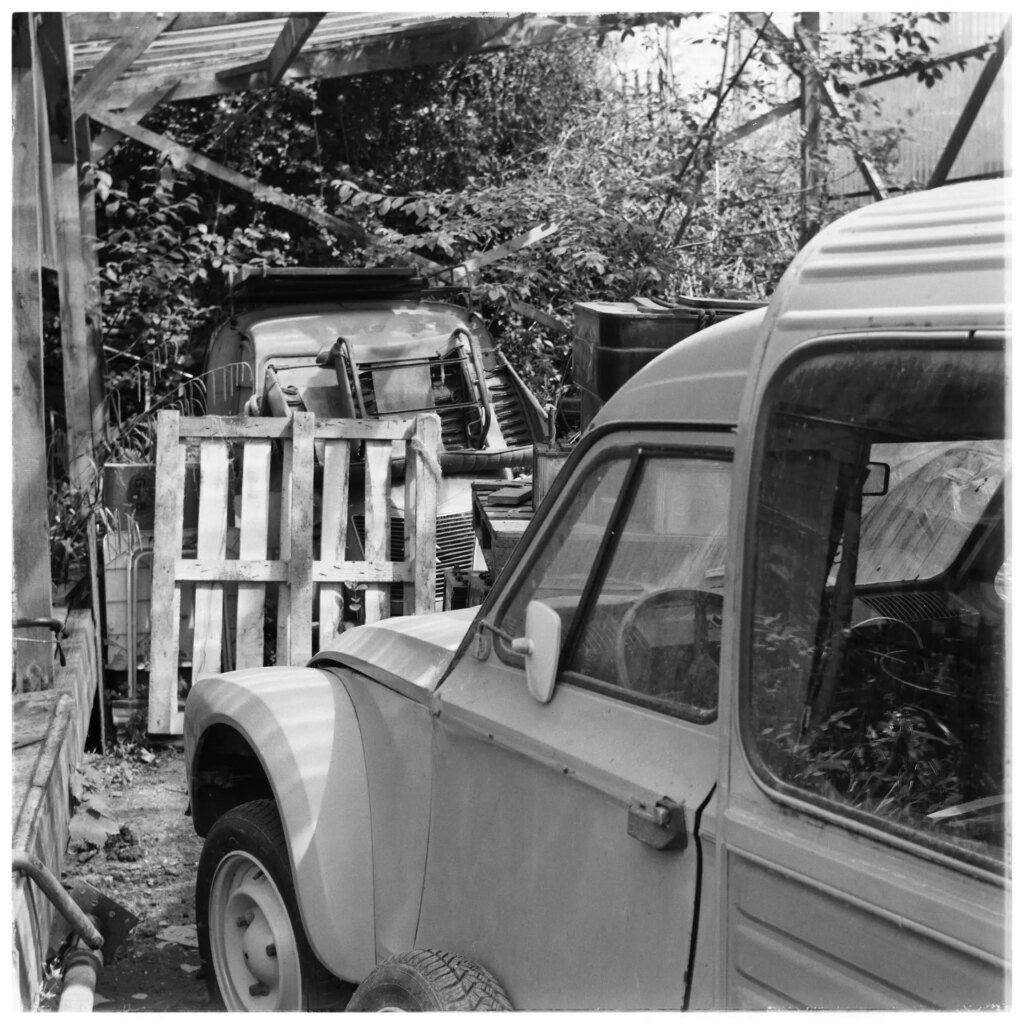
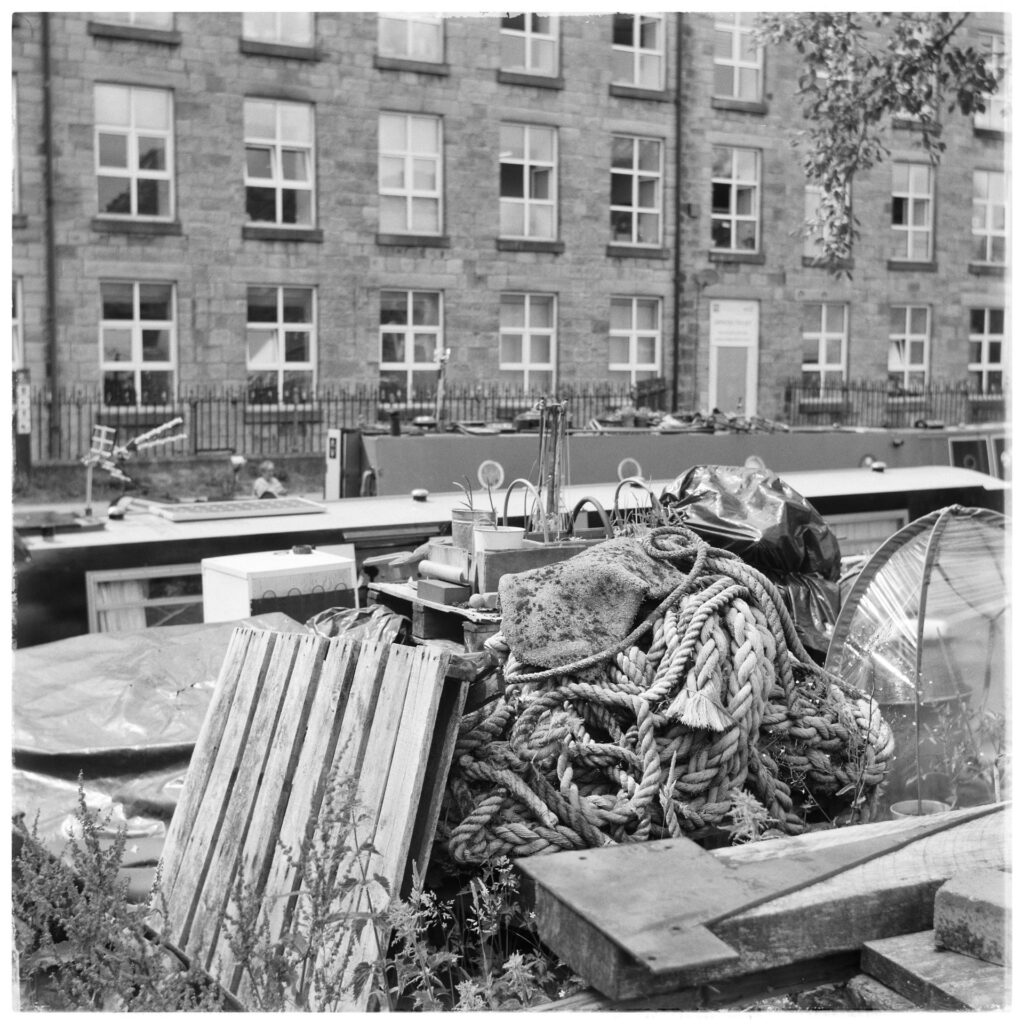
This was probably the best £2 I’d spent all year, and that’s less than the price of a coffee. All that was required was a little editing of the contrast, courtesy of the Snapspeed app on my phone. Once more I was aware of that warm feeling. It’s strange that I seem to forget the duds that I’ve bought from time to time, but maybe that’s because I’m a hopeless devotee of the bargain find. My belief remains steadfast in that I know, for a certainty, that one day, it’ll be a Leica that I find. An equally nice Isolette III would suffice in the meantime.
The search continues.
Share this post:
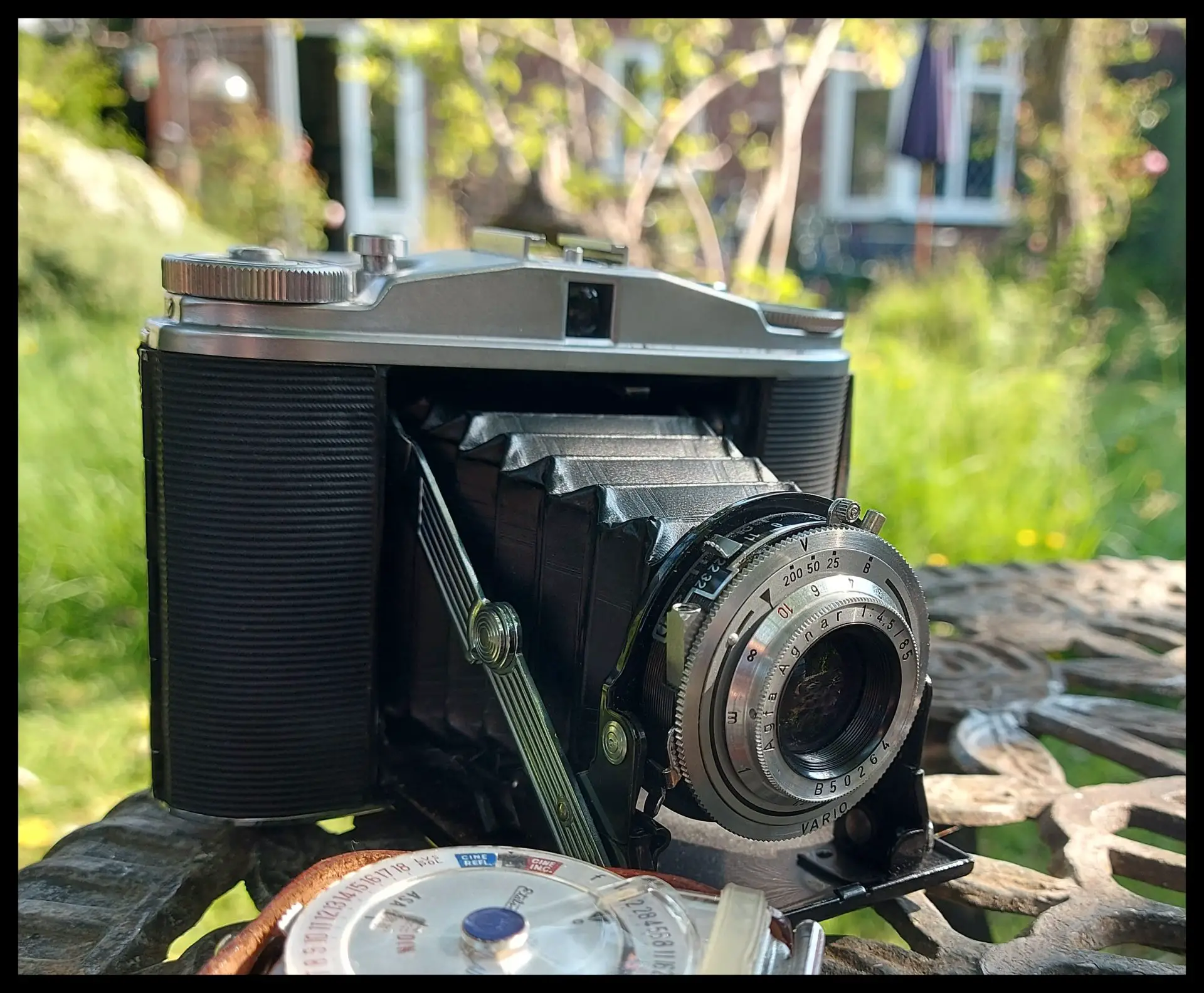
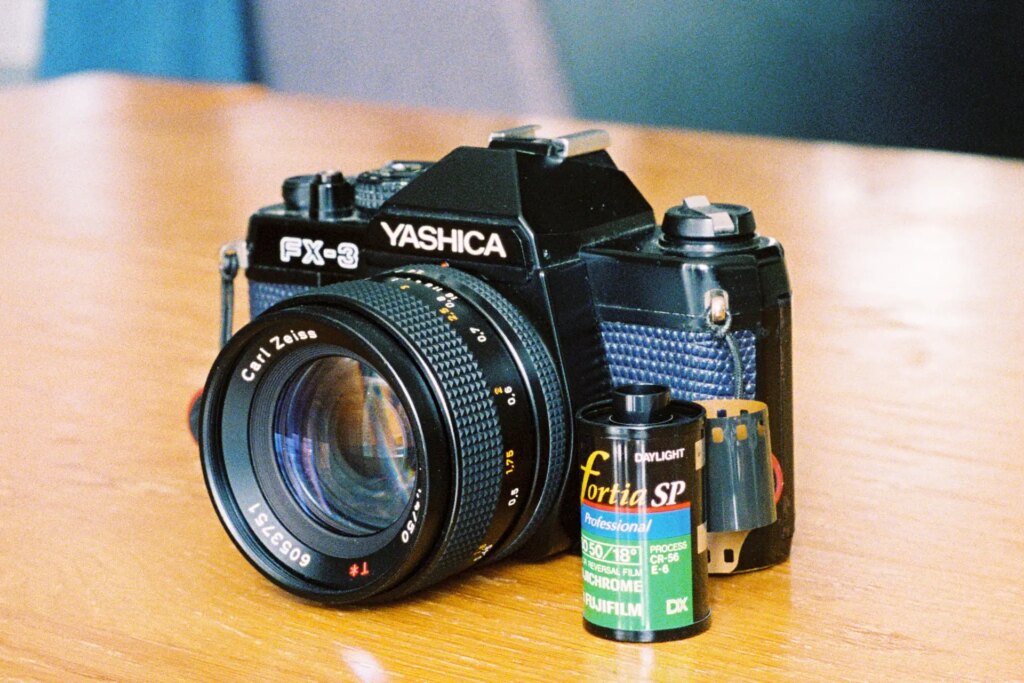

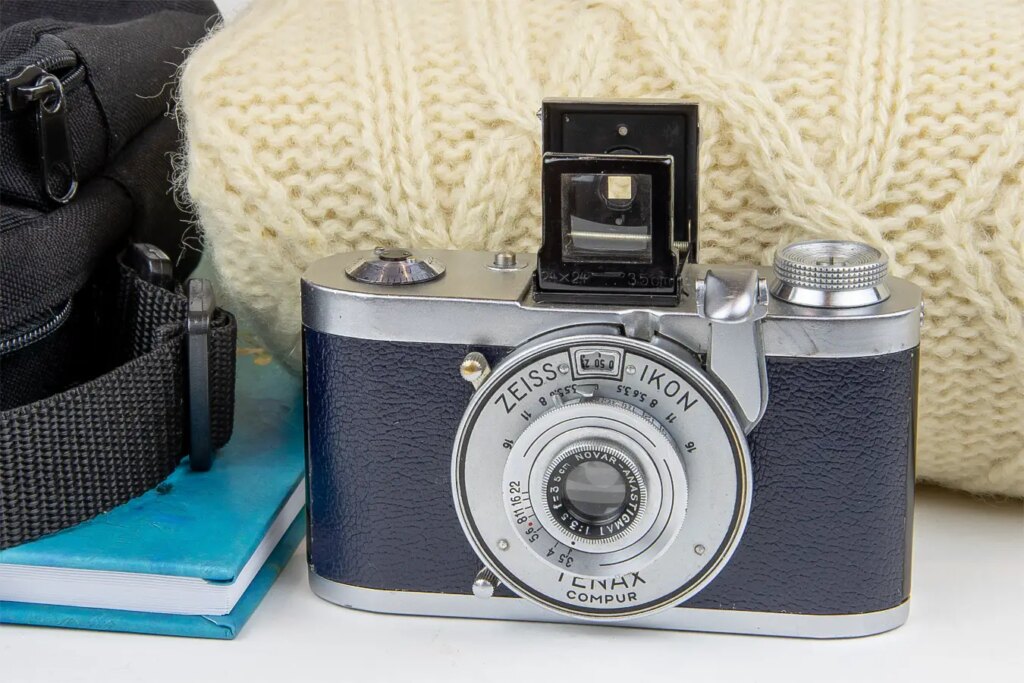
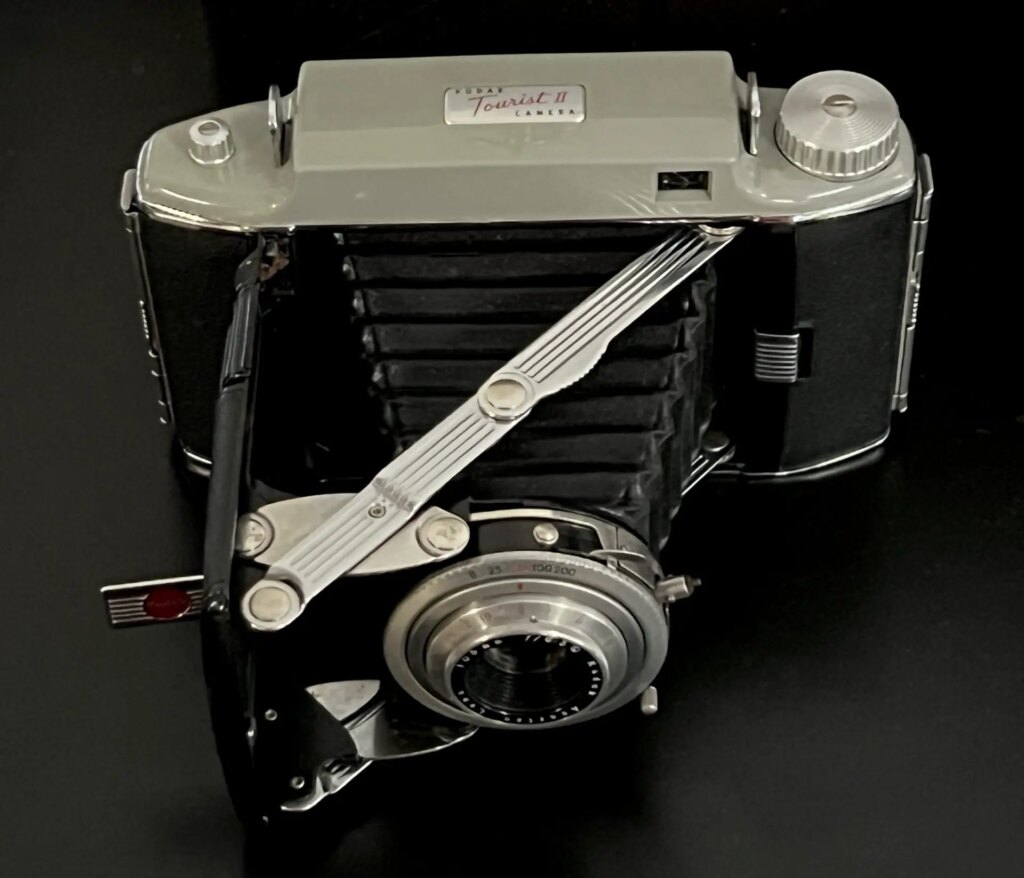




Comments
Lance on A Curious British Institution, and the Tale of an Agfa Isolette II
Comment posted: 17/12/2023
Comment posted: 17/12/2023
Uli Buechsenschuetz on A Curious British Institution, and the Tale of an Agfa Isolette II
Comment posted: 17/12/2023
The Isolette is a great little camera in all its iterations. And for 2 quid certainly a steal!
My Isolette II is not working any longer. Their lenses tend to get stuck if you don‘t move them for a while. The camera repair shop told me they can‘t fix it but offered me an Isolette III instead, fully CLA‘d. I‘ll get it after Christmas. Not a steal as yours, but I am happy to pay the 70 Euros for working medium format folder.
Comment posted: 17/12/2023
Comment posted: 17/12/2023
Murray Leshner on A Curious British Institution, and the Tale of an Agfa Isolette II
Comment posted: 17/12/2023
Every neolithic (50's-60's) Agfa and Ansco camera I have acquired had the bellows material that cracks & peels in strips.
Except a paleolithic Jsolette, and the Ansco No.6.
Then there is the green cement that used to be focus thread grease to negotiate.
Nice photos!
Comment posted: 17/12/2023
Stewart Waller on A Curious British Institution, and the Tale of an Agfa Isolette II
Comment posted: 17/12/2023
Comment posted: 17/12/2023
Malcolm Myers on A Curious British Institution, and the Tale of an Agfa Isolette II
Comment posted: 18/12/2023
- turn mouth down at sides
- rock head in a 'ho-hum' style as if deciding whether this camera that you'd have happily paid £5 for is really worth THREE QUID!
- After a suitable pause of a couple of seconds say "I'll take it" and hand over the money
- Avoid skipping off into the sunset a la Morecambe and Wise.
Oh, and if I find the Leica first you'll have to prise it out of my cold, dead hands :)
Sadly, I think the days of film camera bargains in charity shops and at car boots are mostly over. People are wise to it now. But I managed a decent collection of decent cameras for not much money, so I can't complain!
Happy hunting!
Comment posted: 18/12/2023
Comment posted: 18/12/2023
Comment posted: 18/12/2023
jim witherspoon on A Curious British Institution, and the Tale of an Agfa Isolette II
Comment posted: 18/12/2023
Keep up the hunt and March and the start of the '24 season will soon be upon us.
Andrew Wilkin on A Curious British Institution, and the Tale of an Agfa Isolette II
Comment posted: 18/12/2023
I have noticed that some cameras with electronics do not immediately jump into life when new batteries are inserted. However leaving them switched on for a couple of hours seems to coax them back to life. Had this happen this year with a Cosina CSM that I got for £10. Owner said they had tried new batteries and it didn't work. Got it home, put batteries in and it didn't work. Left it on for half a day and hey presto suddenly started working.
Comment posted: 18/12/2023
Morris Bagnall on A Curious British Institution, and the Tale of an Agfa Isolette II
Comment posted: 19/12/2023
I thought I might use it more given it is clearly more compact and lighter than the C3 but I fell in love with the C3 and she's the only 6x6 for me.
You did well to find such a bargain, Steviemac. Enjoyed hearing about your experience and seeing the photo's. I haven't been to a CBS in years, relying on auctions to feed my habit these days :)
Comment posted: 19/12/2023